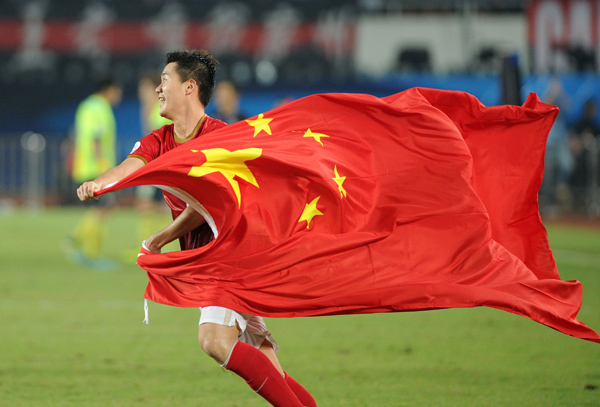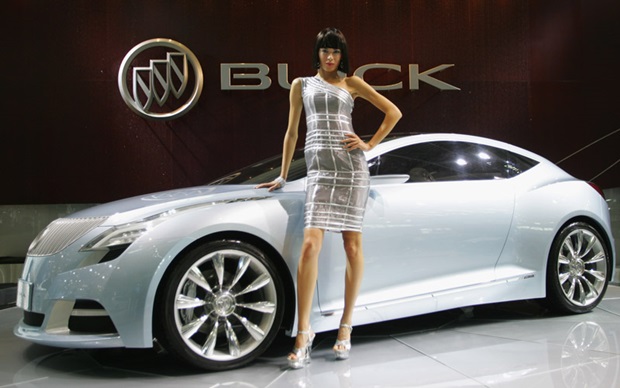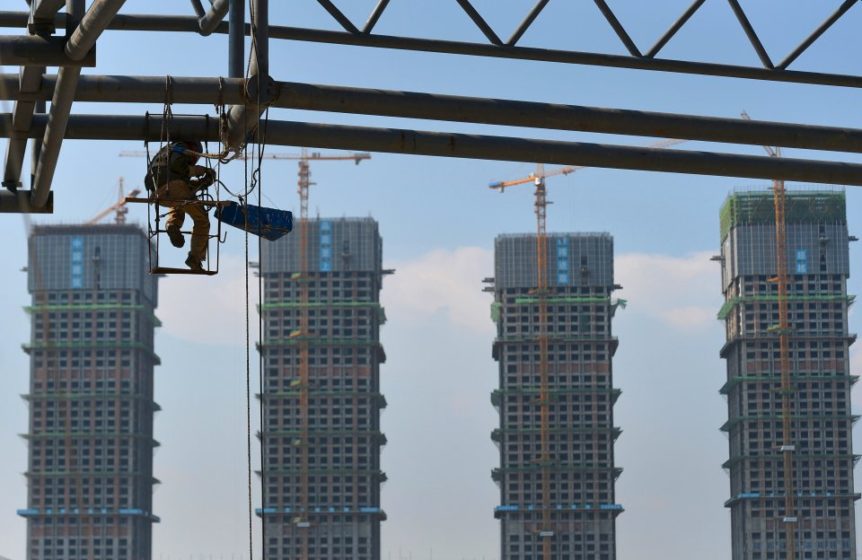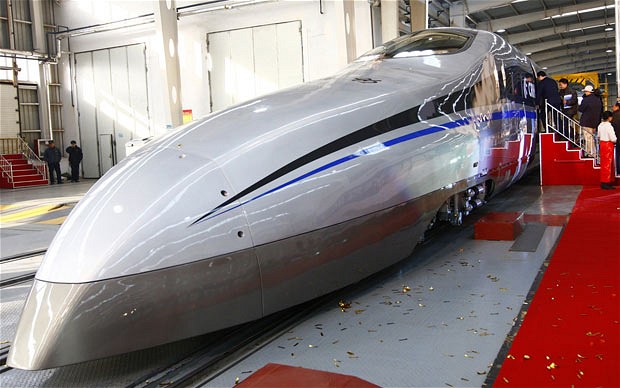Hulk had quite the welcome to China. Shortly after his plane landed at Shanghai’s Pudong International Airport, hundreds of chanting fans mobbed the Brazilian soccer star as he pushed his way through the crowd on June 29. Hulk, who recently inked a record-breaking deal with Shanghai SIPG, is just the most recent soccer star to sign up.
Long a soccer backwater, China has gone on a buying spree unprecedented in the history of the game. Chinese money, of course, has been flowing into all sorts of sectors: technology, health care, retailing, you name it. And now it’s soccer, a move that follows Middle Eastern and Russian investments into the game.
What differentiates China is the speed and scale of the country’s new-found appetite for all things soccer. Chinese companies have invested $1.7 billion in sports assets — the vast majority soccer-related — since the beginning of 2015, according to Bloomberg data. As recently as five years ago, that number was zero.
“It’s insane,” said Brazil-based sports lawyer Marcos Motta, who’s worked on several player trades to China. “I have never seen anything like this before.”
Richest Men
Led by some of the country’s richest men, including Dalian Wanda Group Co. founder Wang Jianlin and Alibaba Group Holding Ltd.’s Jack Ma, Chinese businesses are at the table for almost every soccer asset up for sale. In recent months, a dizzying array of deals have roiled the industry — from signing soccer players and coaches to Chinese investments in storied clubs and buyouts of sports-media businesses.
Next year the Milan derby, one of European soccer’s most-prestigious games, will feature two teams recently purchased by the Chinese, assuming both deals conclude without a snag. Nanjing-based Suning Holding Group Co. in June paid 270 million euros ($298 million) for a 70 percent stake in 18-time Italian champion Inter Milan, while a separate consortium is nearing an agreement to acquire 80 percent of AC Milan, a seven-time European champion, from former Italian Prime Minister Silvio Berlusconi.
“There will be more acquisitions and of very famous teams,” said Feng Tao, chief executive officer of Shankai Sports, a Beijing-based consultant that has advised on deals, including Wanda’s $1.2 billion purchase of Swiss-based sports-marketing company Infront Sports & Media AG.
Imported Talent
Most striking of all, though, has been the sudden rush by teams to pay huge sums on importing talent. Chinese Super League clubs outspent those from any other country this past winter, spending a combined $280 million for European soccer stars. And Shanghai SIPG, a team owned by the Shanghai International Port Group, just broke the Chinese record again with its trade to acquire Givanildo Vieira de Sousa, popularly known as Hulk, for $61 million.
Hulk’s first game for the Shanghai club was short, but eventful. He scored after nine minutes on Sunday before leaving the field on a stretcher 12 minutes later. Still, Chinese fans are likely to see more new faces like his, as agreements with soccer’s top agents pave the way. Alibaba’s sports unit has a partnership with Cristiano Ronaldo’s manager Jorge Mendes.
The dollars doled out to China-bound players and coaches are infinitely greater than they could command elsewhere, according to Motta. It’s common for top imports to get 7 million or 8 million euros, more than five times what players of a similar standard would get in Europe, he said. Motta is working on a deal that will pay one player 13 million euros per year, he added — and that’s after taxes.
Audacious Goal
Chinese President Xi Jinping, an avid soccer fan, is fueling the spending spree. He’s eager for China to improve its global soccer standing: The national team is ranked 81st, just after Jordan and before Bolivia. And he covets hosting a World Cup — and winning it by 2050. That’s providing the green light for Chinese businesses, eager to please the government, to open their wallets.
Coinciding with Xi’s zeal for the game is an effort on the part of the government to promote sports and exercise to the new urban working class, recently transplanted from farms. A national plan announced last year contains the audacious goal of spurring an industry worth 5 trillion-yuan ($747 billion) by 2025, when 50,000 schools are expected to offer specialized soccer training.
More…
About the Author










